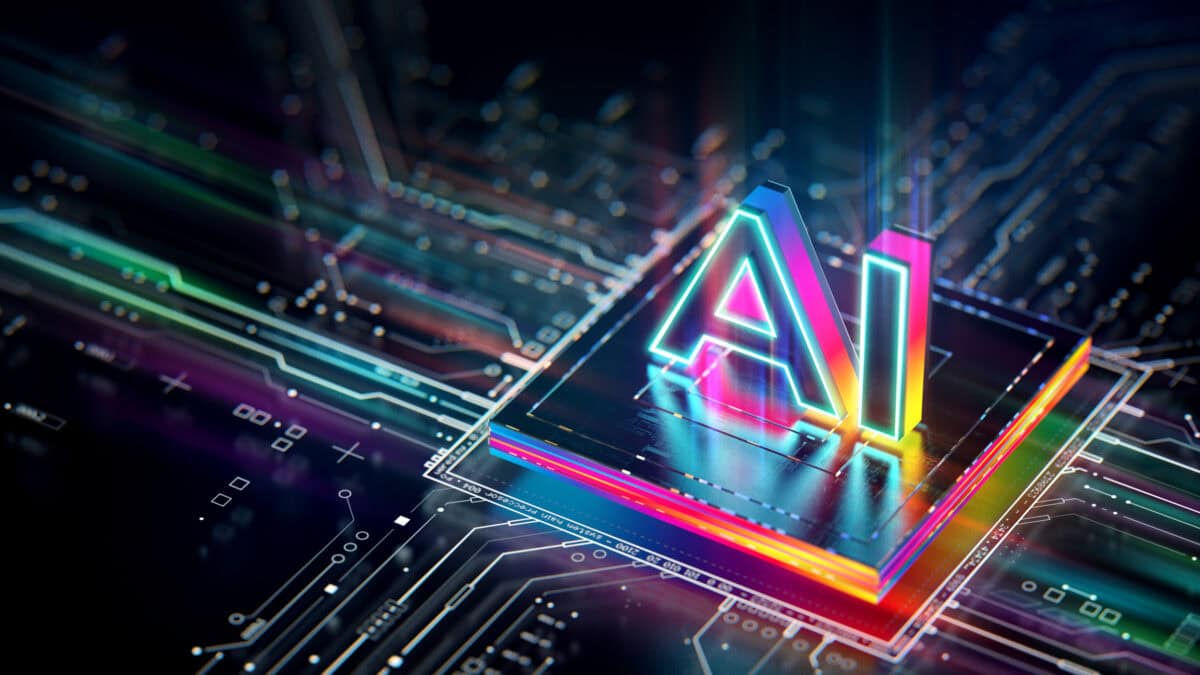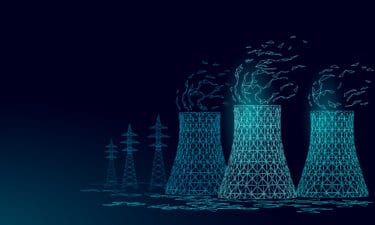Artificial intelligence (AI) continues to be one of the most exciting places for investors around the world to get involved. Whether it’s directly through AI companies, or those supporting it, AI is the future. But that future does come with a few problems.
A huge part of the problem is electricity. The data centres behind AI stocks need power, and that power, in today’s day and age, needs to be clean, cool, and controlled. That’s where Brookfield Asset Management (TSX:BAM) saw a US$5 billion opportunity.
What happened?
BAM stock put US$5 billion towards Bloom Energy’s fuel cell power to build AI factories. These are solid-oxide fuel cells at AI-focused data centres around the world. It’s the first phase in a broader plan to build power-dense “AI factories.” The first European site should be unveiled this year, and BAM’s new AI infrastructure team calls these “essential to closing the grid gap.”
Bloom’s Energy Server is a modular, high-efficiency solid-oxide fuel cell (SOFC). It converts fuels (natural gas, renewable gas/biogas, or hydrogen) to electricity without combustion. Therefore, local nitrogen oxide is minimal and thermal efficiency is high. Crucially for AI sites, units can be installed in months, sited on premises, and scaled in multi-megawatt blocks. From there, it starts delivering 24/7 power without waiting years for transmission upgrades. What’s even better? Bloom says it already supports about 400 megawatts of DC power today.
The power crunch
Management at BAM stock isn’t wrong about this being an essential demand. Data-centre electricity demand is exploding. The International Energy Agency (IEA) projects demand more than doubling by 2030, with AI as the main driver. The grid can’t hook up new mega-loads fast enough. Interconnection queues for large loads (like AI campuses) are measured in gigawatts, with Texas alone having about 156 gigawatts of proposed new DC loads in the queue as of mid-2025.
So, how does this solve AI’s biggest problem? New substations and transmission can take three to seven years or more. However, these farms can given permission and installed much faster, getting compute online while grid upgrades lag. What’s more, AI needs uninterrupted power, with fuel cells providing continuous, dispatchable power 24/7. And over time, fuel cells are a cleaner pathway.
What investors need to know
BAM stock is assembling an AI-infrastructure stack with capital for power, real estate, and industrial partners. Its public materials describe ambitions to mobilize very large sums for “AI gigafactories,” especially in Europe. Plus, it recently partnered with Figure AI (humanoids), which underscores its “picks-and-shovels” approach around compute and robotics. So, yes, this focus could potentially see major gains.
However, the goal is whether this can be fee-bearing and carry from an AI-power pipeline that others cannot easily replicate. This is the first phase, and the bigger upside is whether BAM stock can scale this out to dozens of sites around the world. If so, now could be an excellent time to get on BAM stock before an even larger increase.
Bottom line
Brookfield’s US$5 billion program with Bloom is a pragmatic answer to AI’s power bottleneck: deploy firm, on-site power fast, then decarbonize the fuel mix over time. It won’t replace the grid, but it buys time for AI to scale while transmission and new generation catch up. For Canadians, BAM stock is the cleaner way to play the theme across a diversified platform.






